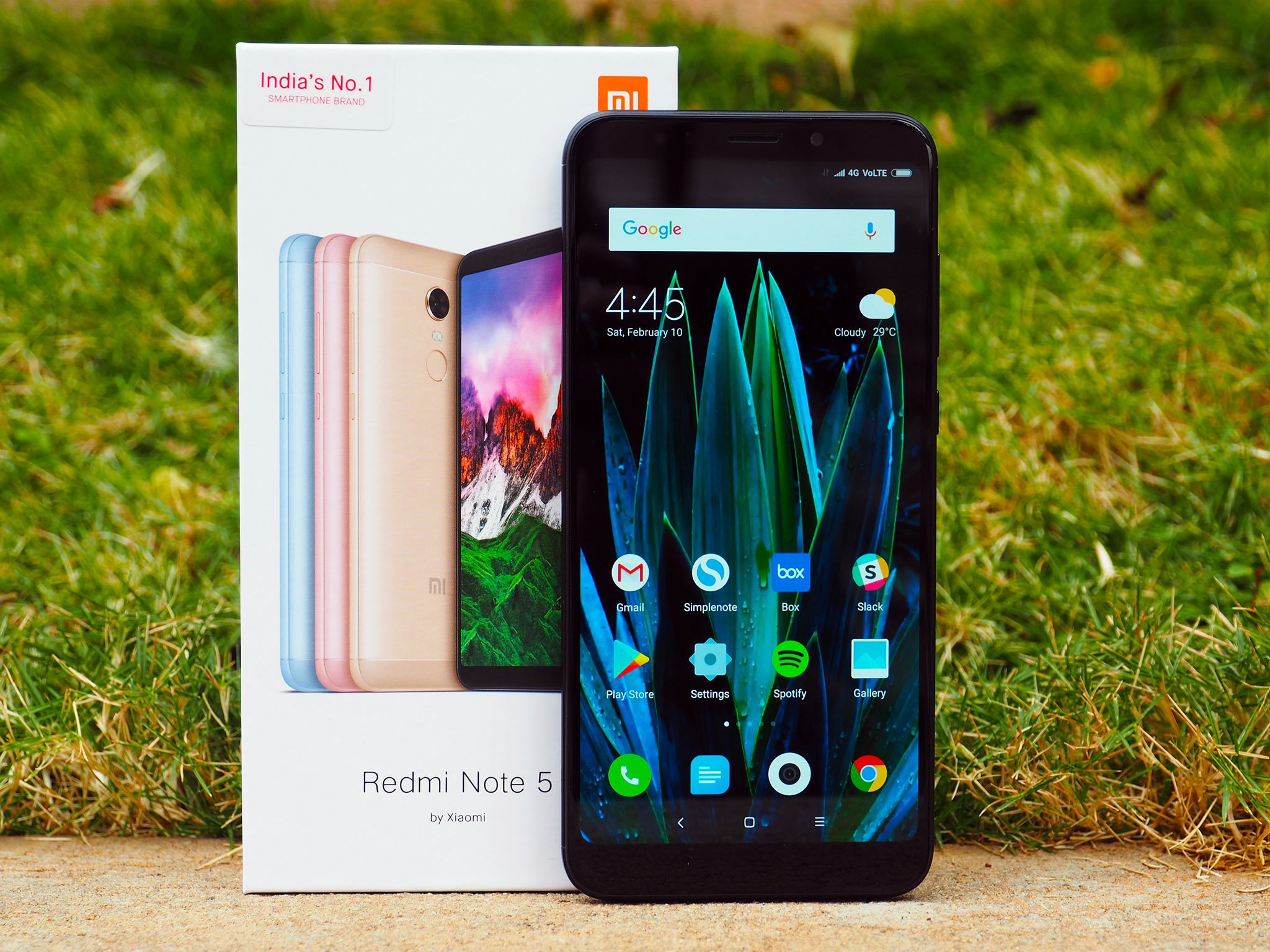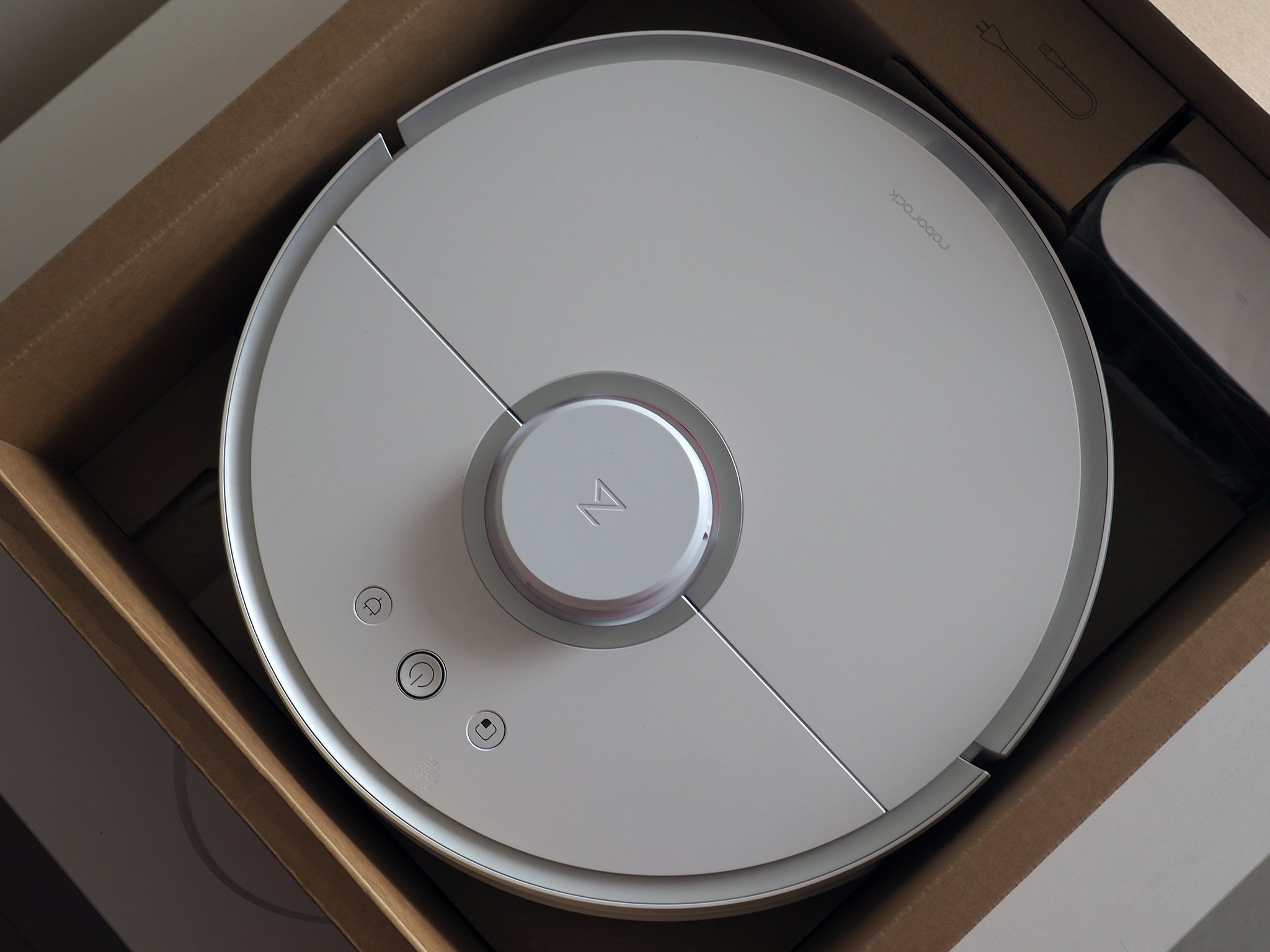Xiaomi is leveraging Samsung's business model and adding a few unique touches of its own to get ahead in India.
At the end of last year, Xiaomi did what no other manufacturer has managed to do in India over the last six years: overtake Samsung to become the number one smartphone company in the country. It was a momentous occasion for the Chinese manufacturer, particularly more so considering Xiaomi started selling phones just three years ago.
Xiaomi started off slowly in India, and the company's fortunes took a turn for the worse in 2016 as it lost ground to offline vendors like OPPO and Vivo. It undertook a course correction early last year where it started emulating Samsung's business model, and in doing so managed to swiftly rise up the ranks. Here's how Xiaomi became the largest smartphone brand in India.
Dominating the phone segment
At any given time, Samsung has over ten models on sale in the budget segment. The company's ability to flood the market with devices with minute variances between models allowed it to amass tens of millions of sales, and that's the route Xiaomi is taking now.
Over the course of the last six months, we've seen the launch of the Android One-based Mi A1, the selfie-focused Redmi Y1 and Y1 Lite, the entry-level Redmi 5A, the Redmi Note 5 and the Redmi Note 5 Pro.
It doesn't look like Xiaomi is taking its foot off the gas anytime soon, as we're going to see the Redmi 5 later this month. Then there's the Mi Mix 2S, which is slated for a global debut on March 27. The phone is likely to make its way to India as Xiaomi bolsters its efforts in the premium segment.
Xiaomi is flooding the market with phones, and the move is paying off.
As for the Redmi Note 5, the device is identical to its predecessor when it comes to the internal hardware, with the major change being the 18:9 panel at the front. The iterative model was used by Samsung to great effect over the course of the last four years in India, leading to a wave of models in the Galaxy J series that had little in the way of differentiation from their predecessors.
In spite of that, Samsung managed to sell tens of millions of Galaxy J phones — for years, the Galaxy J series was the South Korean manufacturer's bestseller in India. Xiaomi's now undertaking a similar route, but with a key difference: the Redmi Note phones are desirable, and not put together from parts in the leftover bin.
The Redmi Note 4, for instance, led the field last year in terms of value for money, and by pricing the Redmi Note 5 even lower, Xiaomi is ensuring that there's a similar option available to those looking to pick up a budget phone for under ₹10,000 this year.
Meanwhile, Samsung is also sticking to its iterative model with its budget portfolio. The On7 Prime is the challenger to the Redmi Note 5, with the phone retailing for ₹12,999 on Amazon India. Although Samsung launched the phone two months ago, the specs are virtually unchanged from 2016, when the device was called the Galaxy J7 Prime. Samsung also launched an online-only variant of the same device dubbed the Galaxy On Nxt.
The On7 Prime comes with a 5.5-inch Full HD panel, Exynos 7870 chipset with eight Cortex A53 cores at 1.6GHz, 13MP rear camera, 64GB of internal storage, and a 3300mAh battery. What's new for 2018 is a 13MP front shooter, 4GB of RAM, and a Samsung Mall feature that collates listings from several e-commerce stores in one location.
The J7 Prime wasn't the fastest phone in the budget segment back when it launched in 2016, and the On7 Prime inherits all of its fallacies. The design is outdated, the phone is missing basics like the ambient light sensor and the gyroscope, and the TFT display is lackluster.
With the On7 Prime retailing for ₹1,000 more than the Redmi Note 5, it's easy to see why Samsung is losing ground to Xiaomi in the budget segment.
But it's not all smooth sailing
For all of its momentum in India, Xiaomi is found to be lacking in a key ares: availability. The brand continues to sell phones via the flash sales model, meaning a majority of customers that have registered interest will not be able to get their hands on the device.
For instance, the first sale of the Redmi Note 5 Pro saw over 2 million registrations, but there were only 300,000 units on sale. Those were sold out in a matter of minutes, and subsequent sales have ended in a similar fashion. Xiaomi has stated that it will increase availability and make the phone available at offline markets, but it's clear that there's a lot of work to be done in this area.
Having a product that's desired by millions is one thing; making sure it gets its way to those customers is an entirely different ball game, and Xiaomi needs to work doubly hard to ensure it can compete at this level.
Increasing local manufacturing efforts
Another area where Xiaomi has focused on over the last two years is local manufacturing. With the Indian government levying taxes on phones being imported into the country, the onus is now on companies to set up local factories to effectively compete.
Xiaomi already has two factories in India, and all of its Redmi phones are assembled locally. The manufacturer is working on a third facility to increase production of phones, and has also invested in a standalone factory that produces powerbanks.
Samsung was the first to seriously consider local manufacturer, with the brand selling locally-made phones for some time now. Doing so gives it a distinct edge when it comes to pricing — the Galaxy S9+ has launched at the same price as last year's Galaxy S8 at ₹57,900 ($890), or ₹32,000 ($500) less than the starting price of the iPhone X.
By focusing on local production, Xiaomi is making sure it maintains that advantage when it comes to pricing.
Venturing into new categories
Xiaomi is also diversifying its portfolio with the launch of the Mi TV series in India. Long-time Xiaomi fans have been waiting for the TV series to launch in India for several years now, and for good reason. The 55-inch Mi TV 4 with a 10-bit 4K panel and HDR10 costs a mere ₹39,999, significantly lower than the likes of Samsung, Sony, and LG.
For what it's worth, Xiaomi isn't targeting premium OLED TVs with its offerings. It is instead going after the likes of Vu, Micromax, and other budget players. That's a smart move as Xiaomi's TVs have better build quality and a recommendation engine that's par none.
Paving the way for more products
If the launch of Xiaomi's latest Mi Home store in Chennai is any indication, the manufacturer is getting ready to bring its lifestyle products to India this year. The Mi Air Purifier was rolled out in the country last year, but Xiaomi sells a wide variety of smart home products in China, and like its phones, its lifestyle products offer a dizzying array of features at affordable prices.
With the introduction of the TV series and the upcoming arrival of the Mi Ecosystem products, Xiaomi is gearing up for a challenge across a variety of new categories. The brand has been heavily rumored for an IPO sometime later this year, so it stands to reason that it will look to increase its market share in as many areas as possible before going public.
Only time will tell whether Xiaomi can scale its efforts to compete effectively in the categories it is looking to make a foray into. If it's anything like the phone segment, it shouldn't have any issues.
from Android Central - Android Forums, News, Reviews, Help and Android Wallpapers http://ift.tt/2Fxt9Mu
via IFTTT






No comments:
Post a Comment